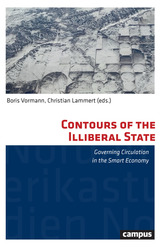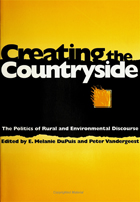Cloth: 978-0-674-34400-6
Perhaps the most important economic development of recent years has been the integration process engaged in by European countries. Today other groups of countries throughout the world either contemplate or have already undertaken similar courses of action. Although professional economists have already devoted much attention to the subject, considerable work remains to be done. The present study represents an attempt to advance our scientific knowledge in this direction.
This work is entirely theoretical and fully deductive. Its contribution lies both in the method used and in the conclusions reached. In contrast to most previous studies of customs unions and economic integration, exclusive use is made of general-equilibrium analysis. Because interpretation of mathematical results bearing on comparative statistics of suboptimal situations was found impossible, the author has depended wholly upon geometry. While the geometrical method does not allow inclusion of large numbers of variables, it often leads to, or at least intuitively suggests, important generalizations.
The findings, summarized in 107 points at the end of the study, can be classified in two distinct categories. On the one hand, a number of results are derived concerning the trade effects of international discrimination and customs unions—that is, the effects on the volumes of exports and imports and on relative international values. On the other hand, the more important portions of this work study the effects of customs unions on the welfare of the union, the welfare of the rest of the world, and the global efficiency of resource allocation in the world as a whole. Inter-country welfare comparisons and the use of cardinal utility indexes are entirely avoided. Rather, the author uses the concept of ordinal utility, and makes extensive use of utility-possibility analysis. With respect to the latter, the study of customs unions actually suggests a new method applicable to a wide range of other suboptimal situations in general equilibrium.
See other books on: Business & Economics | Economics | General Equilibrium
See other titles from Harvard University Press












